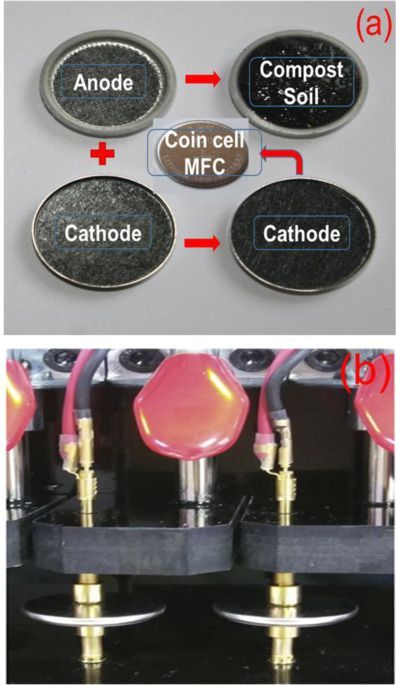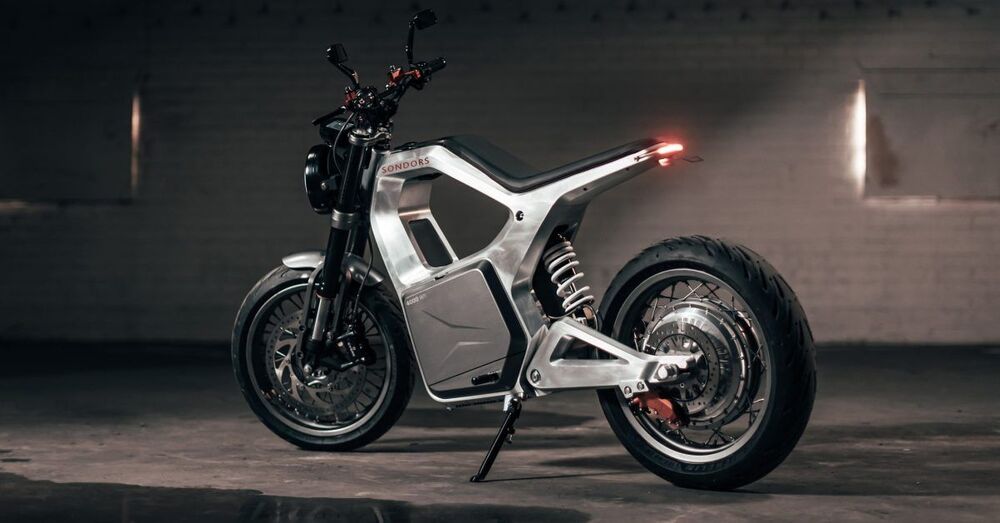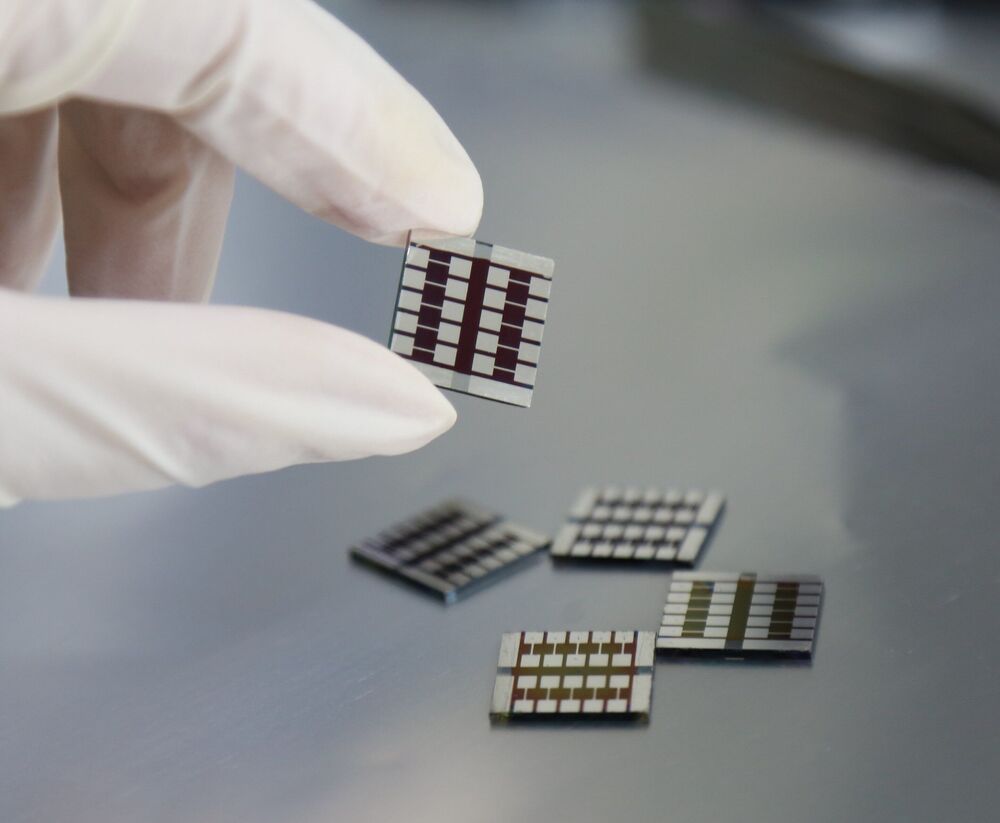Over the past few years, researchers have been trying to develop new designs for perovskite solar cells that could improve their performance, efficiency and stability over time. One possible way of achieving this is to combine 2-D and 3D halide perovskites in order to leverage the advantageous properties of these two different types of perovskites.
The two-dimensional crystal structure of 2-D halide perovskites is highly resistant to moisture; thus, it could help to increase the performance and durability of solar cells with a light-absorbing 3D halide perovskite layer. However, most of the strategies for combining 2-D and 3D halide perovskites proposed so far simply entail mixing these two materials together (e.g., mixing 2-D precursors with a solution-based 3D perovskite or reacting 2-D precursor solutions on top of a 3D perovskite layer).
Researchers at Seoul National University and Korea University have recently devised an alternative approach for creating solar cells that combine 2-D and 3D halide perovskites. This approach, outlined in a paper published in Nature Energy, could help to simultaneously improve both the efficiency and long-term stability of these cells.








